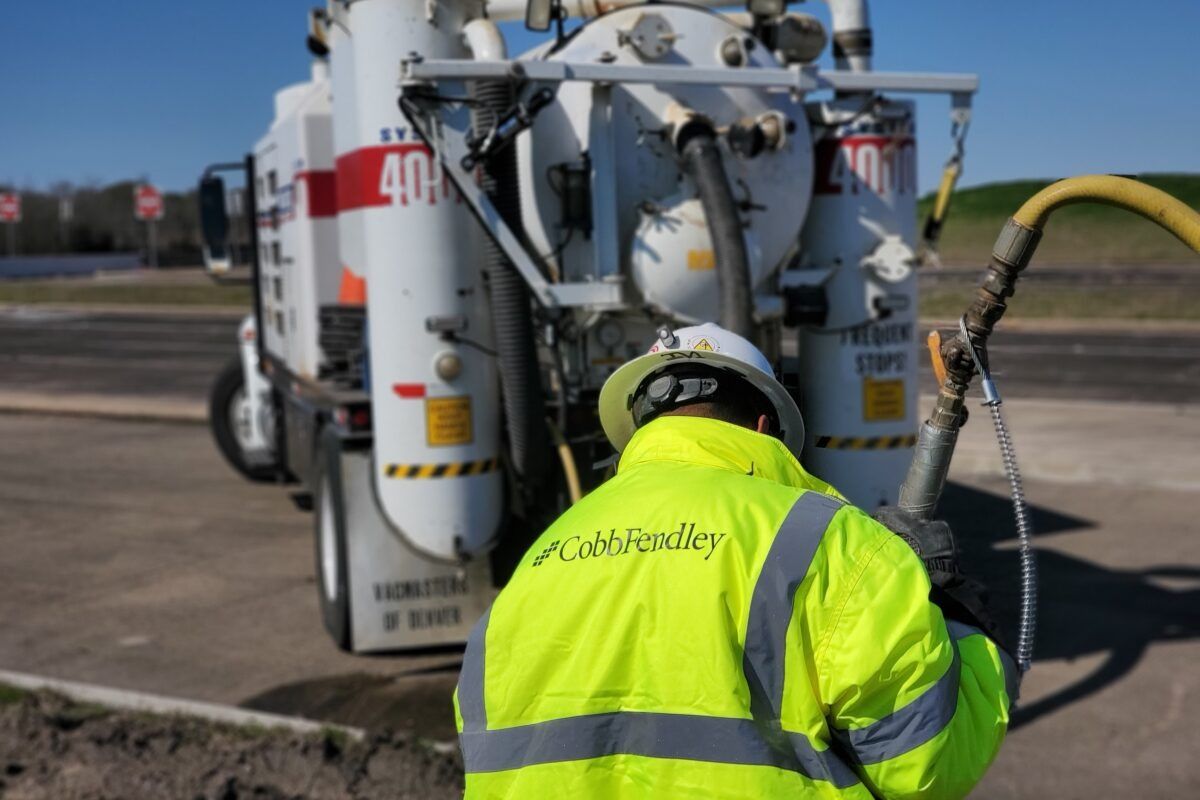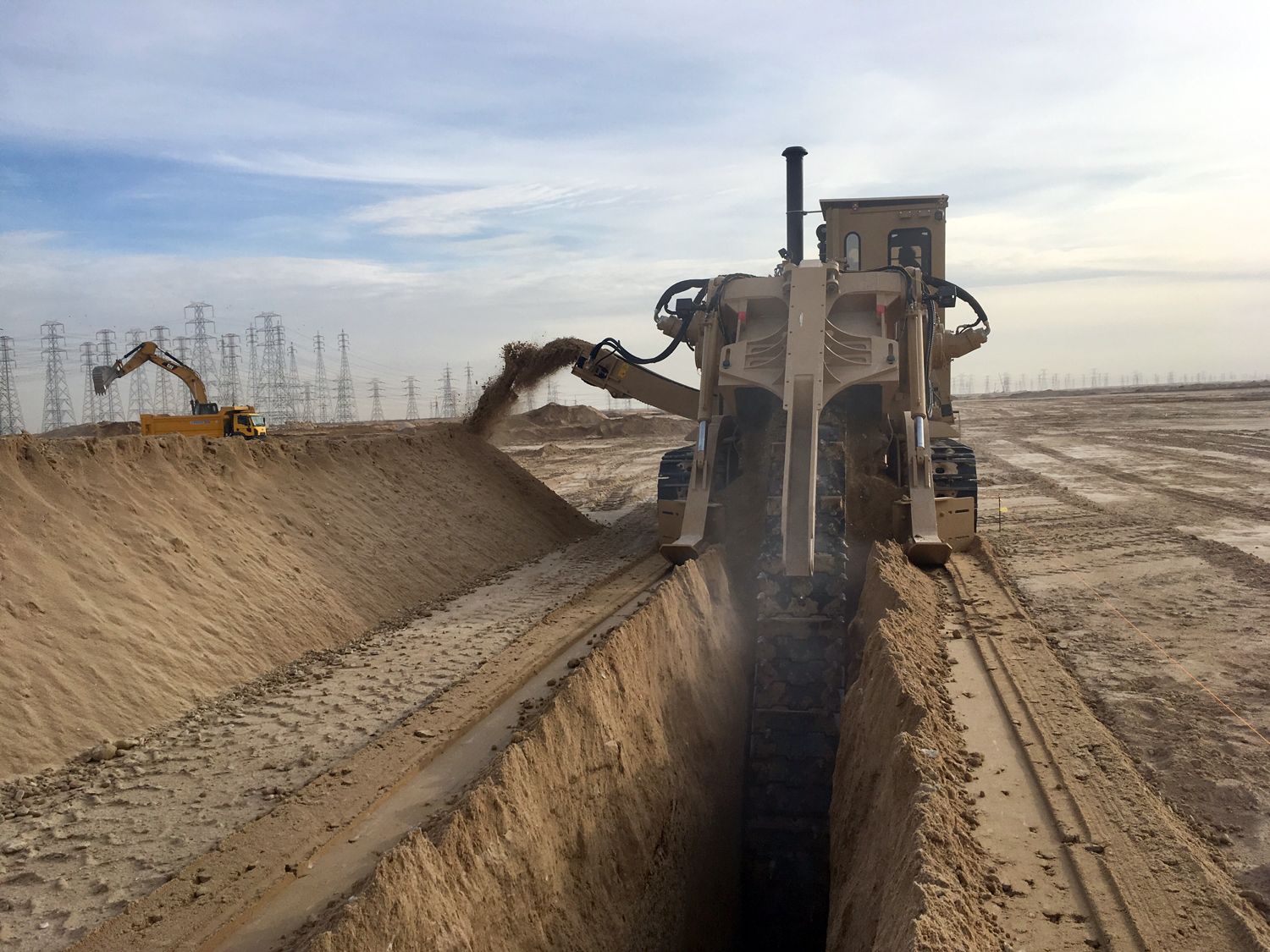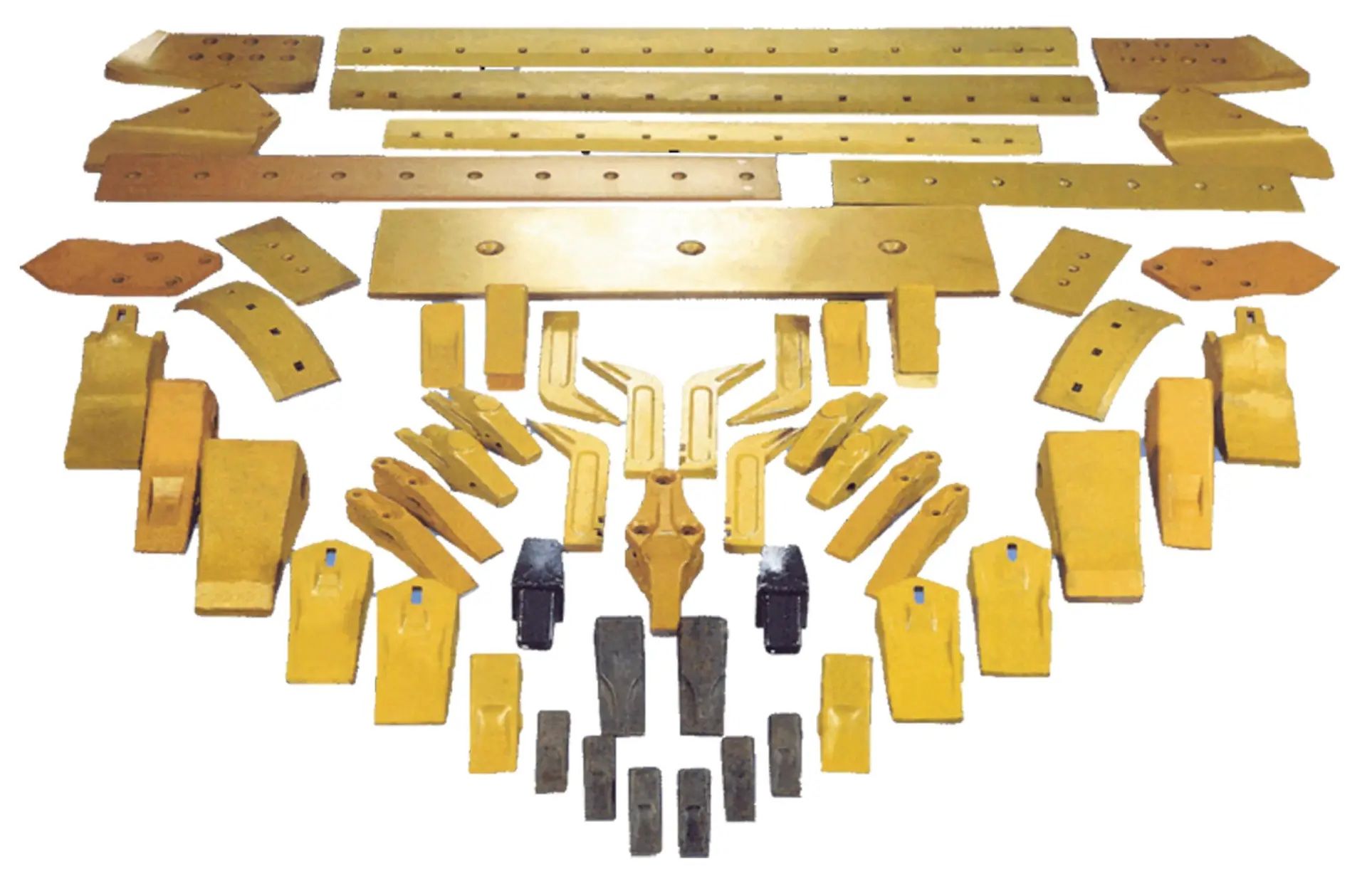Proactive Care for Tunneling Success
Why Maintenance Matters
Tunneling equipment includes tunnel boring machines, auger boring rigs, and microtunneling systems. These machines cut through soil and rock to create underground pathways. They face high stress and need continuous care to stay reliable. Regular upkeep lowers repair costs and reduces unexpected delays.
• Checking equipment health early ensures a stable drilling process.• Minor issues, like worn seals or loose bolts, can grow into big problems if ignored.• A well-maintained machine often lasts longer, giving better returns on investment.
Mastering the Basics: The 5 Essential Tips
Overview of the 5 Essential Tips
These five focus areas keep your tunneling operations smooth and efficient. Each tip tackles a key system or component that can affect bore accuracy and project speed.
• Cutting and drilling tools• Hydraulic and lubrication systems• Alignment and guidance mechanisms• Structural integrity checks• Electrical and control systems
Staying on top of these can save you hours of downtime and help your crew maintain steady progress.
Maintenance Tip 1: Cutting and Drilling Tools
Inspecting Teeth, Bits, and Heads
Worn or damaged cutter heads slow drilling. They can also cause the machine to overwork. Checking them daily or weekly helps crews spot cracks or heavy wear before the tool fails.
• Create a short checklist that covers teeth quality, secure bolts, and any visible metal fatigue.• In clay-rich soils, clean bits more often to prevent buildup that reduces cutting efficiency.• Keep spare cutting heads on site if you expect extended runs or tough ground conditions.
Pro Tip: Early Replacement
Advanced detection of cutter wear avoids mid-project breakdowns. A contractor in a crowded city zone switched out dull bits ahead of schedule. They finished their bore two days faster than planned and saved on emergency repairs.
• Observe vibration changes or a drop in bore speed; these often mean the cutting tools need attention.• Schedule replacement intervals based on material hardness and daily usage hours.
Maintenance Tip 2: Hydraulic and Lubrication Systems
Checking Fluid Levels and Quality
Hydraulics give tunneling machines the force to push, pull, and rotate through dense ground. When fluid levels drop or fluids become dirty, you may see sluggish motions or sudden temperature spikes.
• Erratic machine behavior often signals low fluid levels• Excessive heat suggests contaminants reducing lubrication• A quick daily dipstick check can catch small problems before they grow
A well-maintained hydraulic system ensures the machine runs smoothly and lowers the odds of work stoppage. For instance, a contractor who routinely checked oil quality noticed early signs of oxidation. Replacing the fluid right away saved them from an expensive system overhaul.
Seal Integrity and Leak Prevention
Seals keep hydraulic fluid from leaking. If they are worn or cracked, the machine loses pressure and force. In severe cases, you might see fluid pooling under the rig or notice a drop in operational power.
• Inspect hoses and connections daily for drips or cracks• Replace brittle or discolored seals to avoid sudden fluid spills• Keep spare hoses and gaskets available for quick fixes
In one real-world job, a single worn seal caused a major leak and halted drilling for a full day. Regularly checking each coupling and reservoir saves time and money in the long run.
Pro Tip: Scheduled Fluid Replacement
Set a fluid replacement schedule tailored to how often you use the machine. Monthly or quarterly swaps work for many projects, but some rigs may require changes based on running hours.
• Use lubricants approved by the machine’s manufacturer• Monitor fluid color or texture for signs of breakdown• Track each replacement in a maintenance log
High-quality lubricants cut friction and heat, which prolongs the life of pump components. Following a strict schedule helps crews avoid rushed repairs and keeps the tunneling operation on track.
Maintenance Tip 3: Alignment and Guidance Systems
Calibrating Lasers, Sensors, and Controls
Modern tunneling rigs depend on precise alignment. Lasers and sensors guide the bore path, helping avoid unwanted detours. If these systems drift, crews may need to redo sections of the tunnel.
• Calibrate lasers or sensors according to the manufacturer’s directions• Keep calibration tools on hand for quick checks• Document each calibration in a project record
Well-tuned guidance systems ensure less friction on the drill head and more accurate positioning. In large urban areas, even a minor deviation can collide with buried utilities or cause the project to run behind schedule.
Real-World Cases of Alignment Issues
A municipal project once suffered weeks of delay because the bore deviated by a few degrees. The crew blamed outdated sensors that hadn’t been calibrated in months. This misalignment required extensive rework, driving up costs and upsetting local traffic plans.
• Regular validation stops mistakes from snowballing into major problems• Checking alignment daily helps catch equipment drift early
Pro Tip: Digital Diagnostics
Many modern rigs have built-in software that flags calibration errors or sensor faults. By reviewing digital readouts, operators can respond before alignment drifts cause damage or rework.
• Use real-time alerts to track sensor health• Run diagnostics at the start of every shift for consistent results• Keep spare sensor modules in case one fails mid-bore
Adopting digital tools can save critical hours and thousands of dollars in repair costs. Crews that embrace these technologies often see fewer alignment mishaps and smoother tunneling operations overall.
Maintenance Tip 4: Structural Integrity Checks
Inspecting Frames, Casings, and Weld Points
Heavy loads and constant vibration can weaken steel frames over time. This stress may lead to cracks, rust, or loose bolts that compromise safety. Operators should inspect visible weld lines for signs of wear or corrosion.
• Look for hairline fractures along weld seams• Check bolts to ensure they remain tight• Remove surface rust before it spreads into deeper metal layers
In one real-world case, a contractor found a small crack in a major support beam. Addressing it immediately saved them from halting operations mid-project and prevented potential injury.
Casing Wear and Reinforcement
Protective casings shield both the machine and the bore path. Over time, these casings can wear down in abrasive soil or rocky conditions. Reinforcing them on schedule preserves structural strength.
• Monitor casing thickness to spot thinning sections• Use manufacturer-approved patches or sleeves for reinforcement• Replace severely worn segments to keep the bore stable
Some crews keep a spare casing segment on hand to avoid lengthy project delays. Planning ahead means they can swap out damaged parts quickly.
Pro Tip: Scheduled Structural Assessments
A simple walk-around each week or month can reveal small issues early. If left unchecked, minor damage may grow into a major repair bill.
• Check all support areas like beams, struts, and joints• Note any changes since the last inspection in a log• Plan off-peak repair days to minimize project disruption
Keeping a documented repair schedule reduces emergency repairs. This saves both time and money when multiple jobs are in progress.
Maintenance Tip 5: Electrical and Control Systems
Monitoring Software and Firmware
Machine responsiveness depends on up-to-date software and firmware. Even minor updates can enhance safety features or improve operational speed. Outdated programs may introduce sudden control lags or unexpected errors.
• Check for firmware updates from the manufacturer• Install patches that address known bugs or security concerns• Run test cycles after each upgrade to confirm stability
In one drilling operation, a delayed firmware update caused the rig to misalign by a few degrees. A quick software fix realigned the machine and prevented significant rework.
Wiring Inspections
Frayed cables or loose connectors pose a real threat. They can lead to short circuits or loss of control signals. Inspecting wiring systems regularly prevents these disruptions.
• Scan major harnesses for cracked insulation• Tighten loose connectors to maintain steady power flow• Keep spare sensors and wiring kits on site
If a key cable fails deep in a tunnel, the crew could lose hours troubleshooting. Proper spares help them replace damaged parts without waiting on deliveries.
Pro Tip: Error Log Analysis
Modern rigs often record fault codes and performance data. Reviewing these logs helps you find patterns that suggest failing components or software glitches.
• Evaluate repeated error messages to pinpoint weak links• Track anomalies in a maintenance record for later reference• Use data-backed insights to plan upgrades or preventive maintenance
By combining log review with regular inspections, teams can foresee issues and address them on a flexible schedule. This approach maintains project momentum and keeps the entire system running safely.
Warning Signs and Troubleshooting
Common Red Flags
Unexpected vibrations, overheating, or fluid leaks signal that something may be off. If a machine suddenly runs louder than usual, it could point to worn parts or poor lubrication. Overheating might mean blocked air vents or failing hydraulic components.
• Vibrations or shaking can mean unbalanced cutting heads or misaligned shafts• Rising engine temperature may result from low coolant or poor air circulation• Puddles of hydraulic fluid under the rig often hint at loose seals or cracked hoses
Ignoring these early warning signs can turn minor damage into major failures. Real-world examples show how a small oil leak, left unchecked, can become a costly repair affecting the entire system.
Quick Diagnostic Steps
A structured approach can pinpoint trouble quickly. First, shut down the machine to avoid further damage. Then, inspect each system in a logical order, starting with fluid levels and visible wear.
• Check the operator’s manual for known error codes• Inspect the cutting head for cracks or missing teeth• Listen for whistling or grinding sounds in the hydraulics
When doubts remain, consult service experts or the manufacturer’s support line. Pro tip: Keep a dedicated log of each troubleshooting event. This record helps highlight recurring patterns and refine future maintenance strategies.
Setting a Maintenance Schedule
Daily, Weekly, and Monthly Routines
A consistent schedule ensures tunneling equipment remains in top form. Daily checks might include scanning for leaks or verifying fluid levels. Weekly tasks often focus on deeper inspections, like tightening bolts or cleaning filters. Monthly routines address more extensive reviews, such as calibrating alignment systems or changing out worn parts.
• Daily: inspect fluid levels, check for loose parts, clear debris• Weekly: tighten fasteners, review software updates, clean or replace filters• Monthly: test backup components, calibrate sensors, review service logs
Usage hours also matter. Machines used around the clock may need extra attention sooner than those operating in single shifts. Document everything in a shared log so multiple crews stay informed.
Team Assignments
Different tasks fit different skill levels. A trained operator might handle daily checks, while a certified mechanic tackles more complex inspections. Spreading out responsibilities reduces downtime and ensures no single person is overburdened.
• Assign simple routine checks to on-site operators• Reserve specialized work, like sensor calibration, for experts or technicians• Rotate crew members between maintenance duties for broader skills training
An organized structure keeps the whole crew engaged. It also raises awareness about small issues before they grow into bigger, costlier problems.
Conclusion and Next Steps
Recap of Key Takeaways
Tunneling machines demand regular attention to run efficiently and safely. The best maintenance strategies focus on cutting tools, hydraulics, alignment systems, structural components, and electrical controls. Keeping an eye on warning signs and following a solid schedule helps crews avoid unexpected downtime.
Planning each routine step in advance lowers the risk of major repairs or project delays. Real-life examples show how small checks and proactive repairs pay off with smoother operations and reduced costs.
Call to Action
Explore the range of specialized parts and services at Wolf Machinery Supply to keep your tunneling equipment in prime condition. Reach out for expert guidance on tailored maintenance plans that fit your project’s scale and soil conditions. A well-structured approach to upkeep ensures successful, on-time boring for every underground venture.




